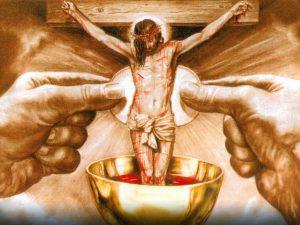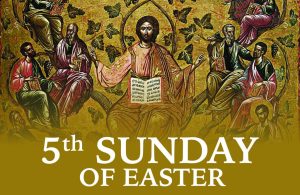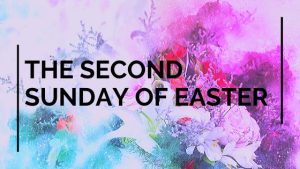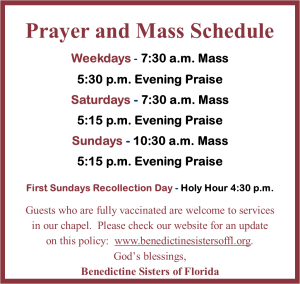 Saints Peter and Paul are probably the best known of all the saints in the Catholic Church. Both of them were personally chosen by Jesus for the building up of the Mystical Body of Christ. Peter’s mission was twofold: to lead the Catholic Church in the early stage and to lead the Jewish people into the new Covenant. Saint Paul came into the picture a little later and played a major role for the Church in converting a great number of the Gentiles to follow Jesus.
Saints Peter and Paul are probably the best known of all the saints in the Catholic Church. Both of them were personally chosen by Jesus for the building up of the Mystical Body of Christ. Peter’s mission was twofold: to lead the Catholic Church in the early stage and to lead the Jewish people into the new Covenant. Saint Paul came into the picture a little later and played a major role for the Church in converting a great number of the Gentiles to follow Jesus.
Theirs is the same God who continues to reach out to us, calling us to spread God’s light throughout the world. To us, simple human beings, not angels, God gives the Holy Spirit to guide us and teach us according to the evolving needs of the Church – the people of God.
This evening I chose to proclaim the gospel given for the Vigil Mass rather than the one for tomorrow’s liturgy. The Scripture selection highlights Peter, but Paul will get his solo turn later on. Many look at the Gospel passage with wonderment. Why did Jesus ask Peter the same question over and over?
Seemingly out of the blue, Jesus says to Simon Peter, “Simon, son of John, do you love Me more than these?” Peter responds, “Yes, Lord; You know that I love you.” I cannot imagine a more insulting way for Peter to answer! Peter is sitting with the risen Jesus who asks him “Tell me, Peter, do you love me with a selfless love?” and Peter responds using a verb that means: “I am really quite fond of you.”
We can only imagine how “out of place” Peter now felt being with Jesus. Where he had once been comfortable and self-assured as one of the chosen disciples; he now feels the shame of denying he is one of Jesus’ friends. Self-confidence and faith had withered to self-doubt and a feeling of being an utter “failure.” How could he even bear to look into the face of the resurrected?
The rest of this passage shows Jesus’ compassion for, and continued confidence in, Peter. “Truly, truly, I say to you, when you were younger, you used to gird yourself and walk wherever you wished; but when you grow old, you will stretch out your hands and someone else will gird you, and bring you where you do not wish to go.” Jesus is confirming his love for Peter even though Peter had failed him. Jesus gives Peter the opportunity to confess his love for Jesus in front of witnesses.
Jesus then told Peter that he was going to die for Him. What a wonderful piece of prophecy! Jesus was telling Peter that he was going to have faith great enough to be the kind of man he thought himself to be when he said, “Even if I have to die with You, I will not deny You.” He didn’t die WITH Jesus, but he knew now he was going to be allowed another chance; to LIVE FOR Him, and that he would eventually die for Jesus. We can only imagine the joy and relief that Peter felt! Later, in different circumstances, Jesus will issue the same invitation to Paul.
What does this mean for you and me? Even though we may have failed the Lord miserably, He is sharing GREAT news with us: it is not too late! We have another chance to prove to the Lord, and to ourselves, what kind of Christians we really are.
~ Reflection by Sister Roberta Bailey






